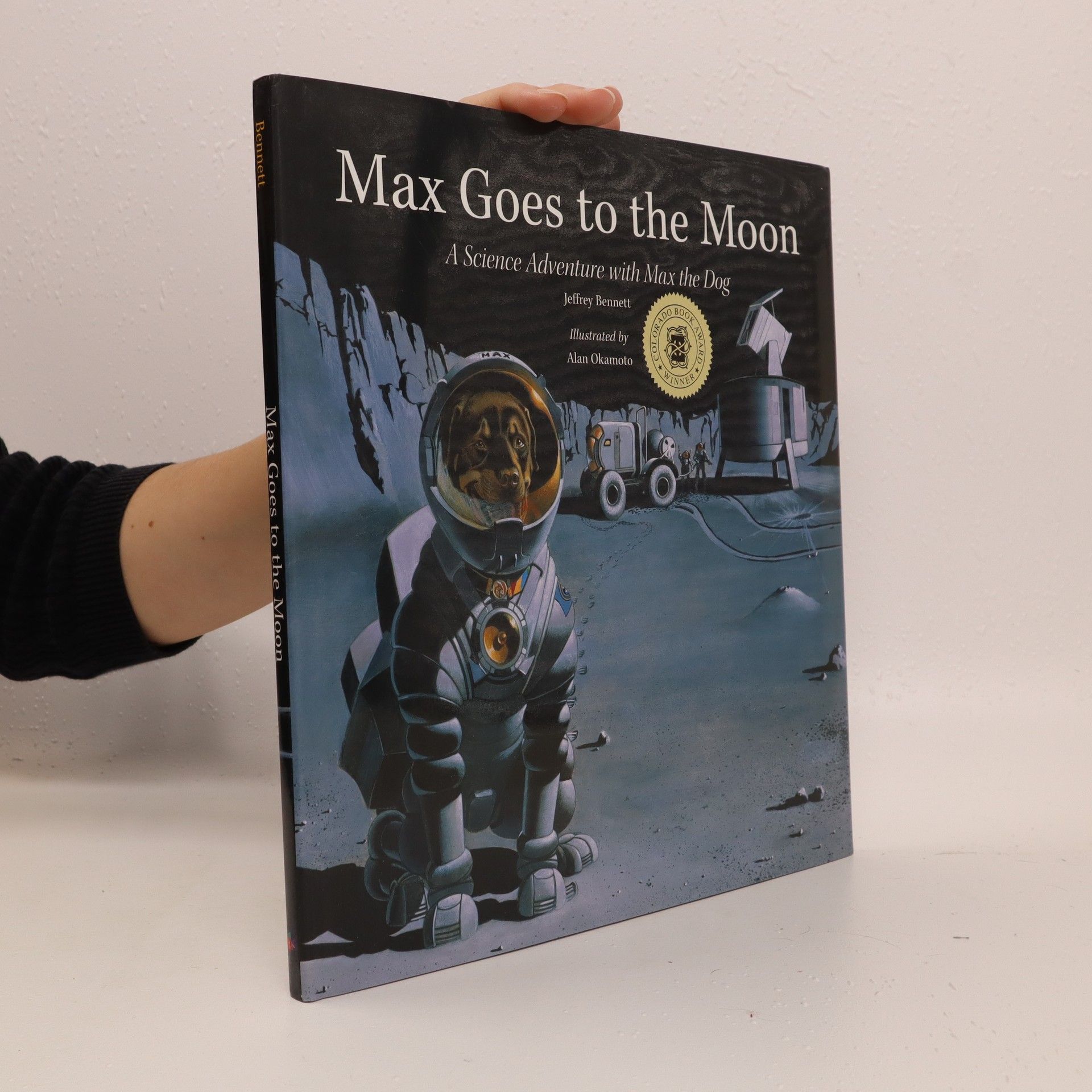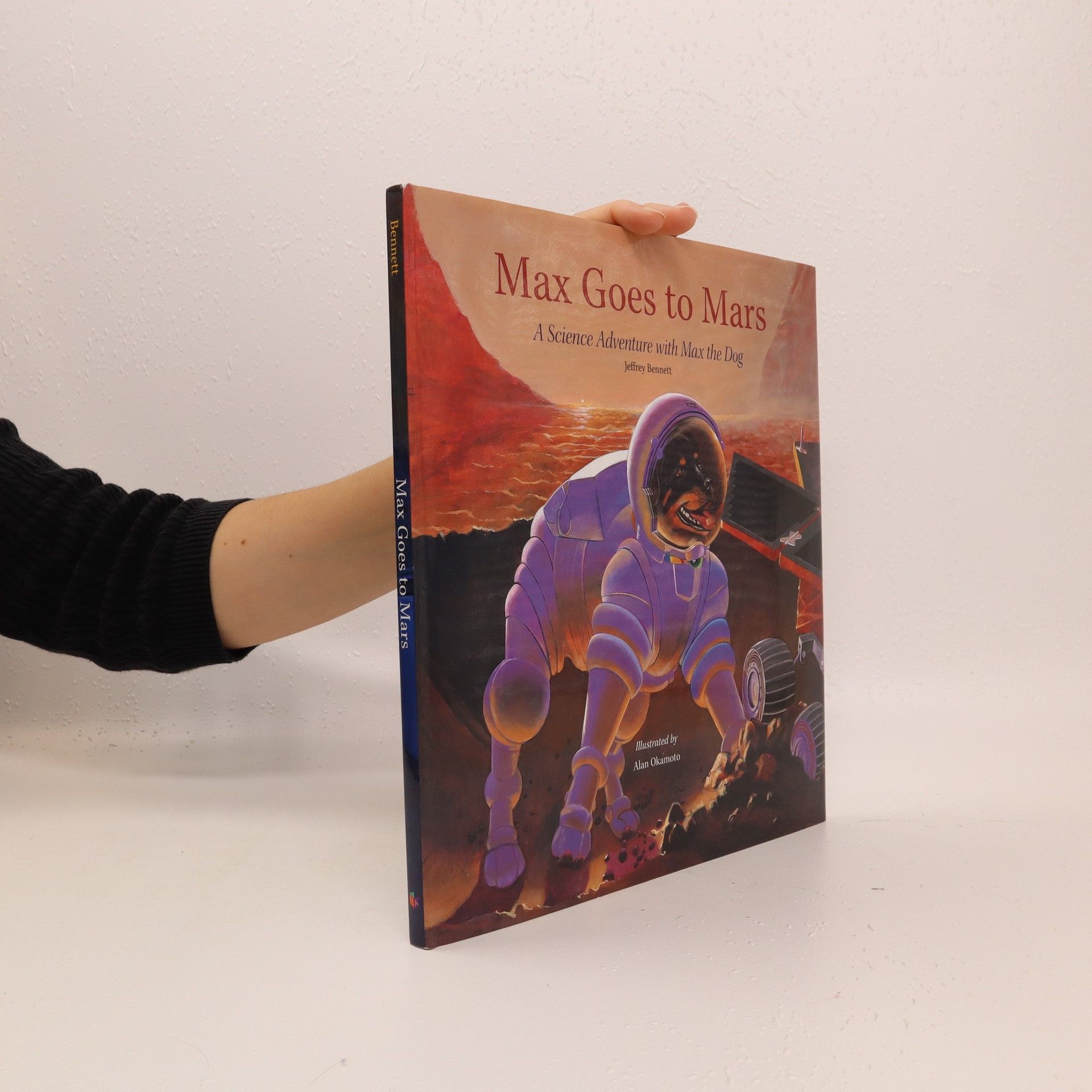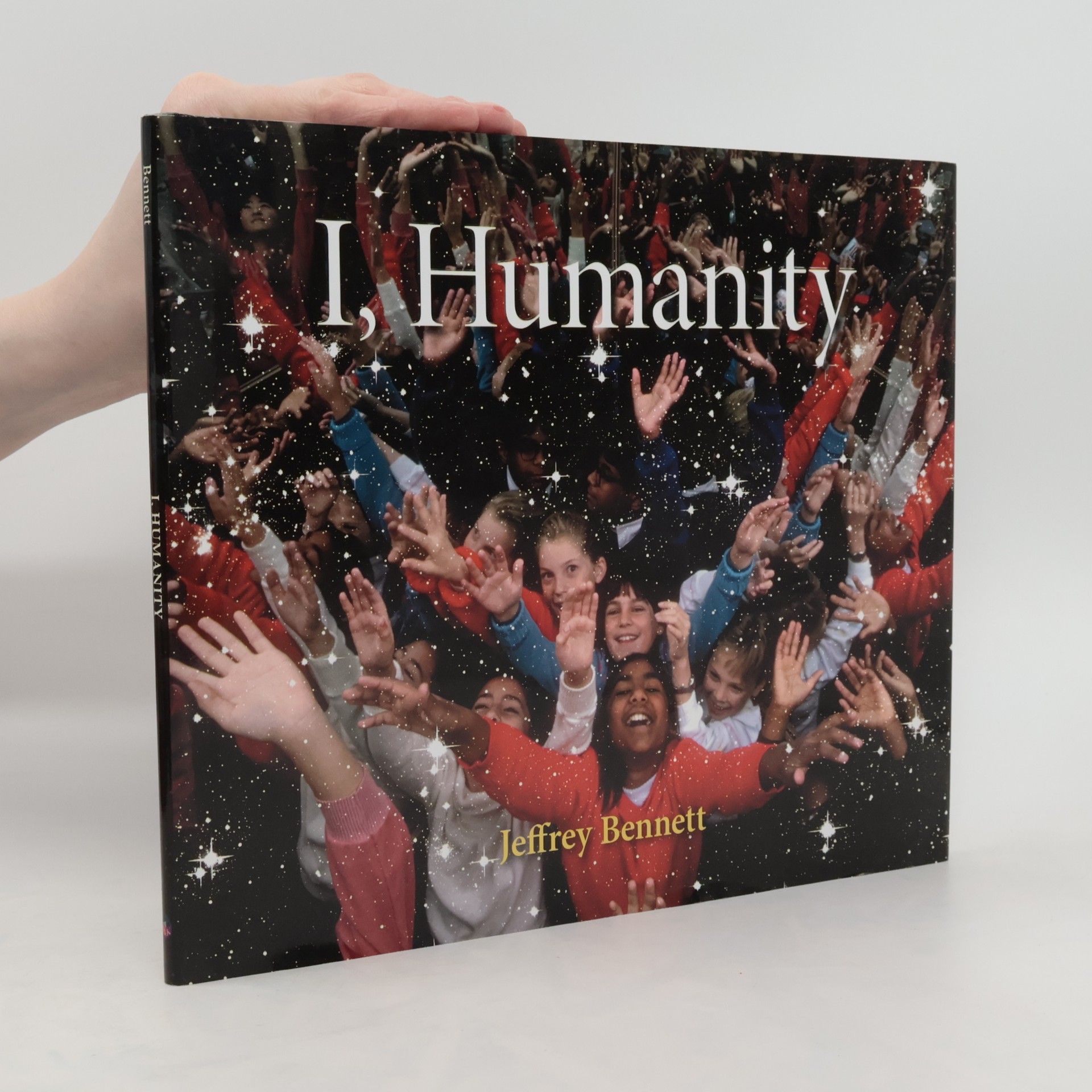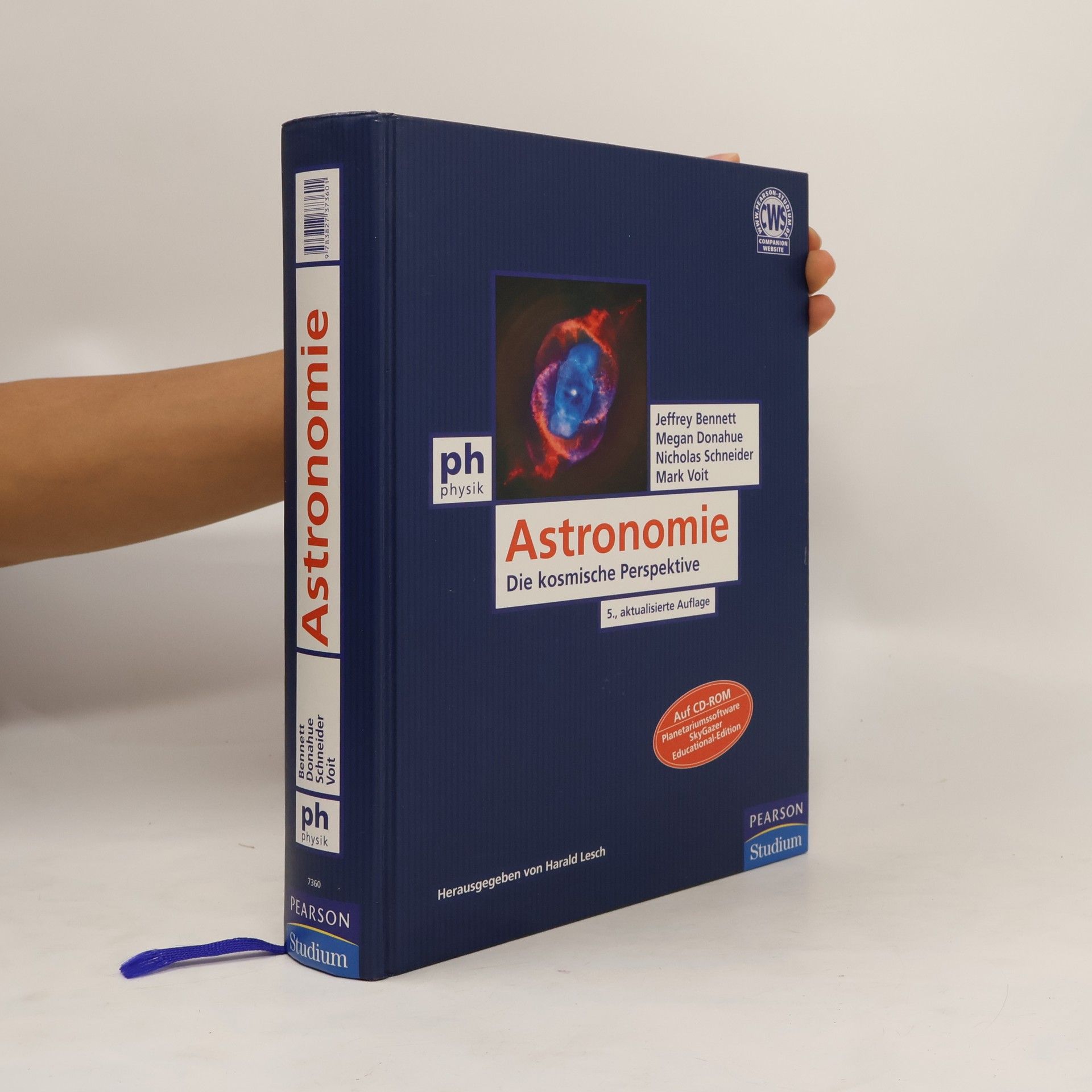Dieses einzigartige Buch - herausgegeben von Professor Harald Lesch - behandelt die komplette klassische und moderne Astronomie - von Beobachtungsmethoden bis zur Kosmologie - in einem einzigen Band. Seine lebendige und bilderreiche Darstellung (über 1000 farbige Abbildungen) der Thematik weckt im Leser die Faszination für die Astronomie und die Freude am Lernen naturwissenschaftlicher Zusammenhänge. Dieses Buch wird in der Lehre an Schulen und Universitäten auf der ganzen Welt seit Jahren erfolgreich eingesetzt. Seine anschauliche und verständliche Darstellung auch komplexer Inhalte macht es dem Leser einfach, sich ein vollständiges und tiefes Verständnis der Astronomie anzueignen. Zur Bearbeitung von mathematischen Aufgaben wird ein logisches Schema geboten und anhand vieler durchgerechneter Beispiele in jedem Kapitel ausführlich vertieft. Zusätzliche Verständnis- und Rechenaufgaben sowie eine verschiedene Zusammenfassungen am Ende jedes Kapitels und auf der Webseite zum Buch helfen das erworbene Wissen zu festigen. Sowohl Schüler, Studenten aber auch jene, die sich fragen, was oben am Himmel passiert, können in diesem Buch gleichermaßen kompetente Antworten auf alle Fragen der Astronomie finden. Unternehmen Sie mit diesem Buch eine Reise von der Physik des allerkleinsten Teilchens bis hin zu der Physik des riesigen Universums und entdecken Sie die kosmische Perspektive.
Jeffrey Bennett Bücher






I, Humanity
- 32 Seiten
- 2 Lesestunden
Narrated from the perspective of humanity, this book explores our evolving understanding of the universe, starting from the ancient belief in a flat Earth. It chronicles humanity's journey of discovery regarding our planet's orbit and its cosmic context. Designed for educational, perspective-shifting, and inspirational purposes, it aims to teach children about science while encouraging them to envision their role in improving the world. It is part of a unique initiative where astronauts read it to children from the International Space Station.
Max Goes to Mars
- 32 Seiten
- 2 Lesestunden
This exciting picture book combines an engaging story with real science to help children and parents learn about Mars. Back from his trip to the moon, Max the dog is ready for his next adventure the first human mission to Mars. But the trip is too long for his human friend Tori to make, so she helps Max prepare for the journey. On the red planet, Max sniffs out many mysteries and makes one of the most important discoveries of all time. The engaging story fuels young readers interest in space travel, while explaining difficult scientific concepts in an easy-to-understand manner.
Max Goes to the Moon
- 32 Seiten
- 2 Lesestunden
Max the Dog and his human friend Tori take the first trip to the Moon since the Apollo era and their trip proves so inspiring to people back on Earth that all the nations of the world come together to build a great Moon colony. From the colony, the views of Earth make everyone realize how small and precious planet Earth is. Behind-the-scenes science lessons with activities round out this entertaining and educational picture book.
Max Goes to Jupiter
- 32 Seiten
- 2 Lesestunden
Join Max the dog as he visits Jupiter and discovers all it's unique qualities.
Totality!
- 32 Seiten
- 2 Lesestunden
Tens of millions of people came out to view the 2017 total solar eclipse, the first in the US in nearly four decades. Now we are approaching an even more exciting, back-to-back pair of US eclipses: an annular eclipse on Oct. 14, 2023 and a total solar eclipse on April 8, 2024. You won't want to miss them, and there's no better way to prepare than to use the free app "Totality by Big Kid Science" (expected to be downloaded and used by millions) and this new book written by the creator of that app. Totality! features a unique combination of rhyme and science that makes it suitable for a wide range of ages. The rhyme has been pedagogically constructed to serve as a mnemonic device for the underlying science explained with illustration and "Big Kid Box" sidebars. The book concludes with a glossary, suggested activities, and a one-page eclipse science summary -- features that will add particular value for parents and teachers learning along with their students or kids. Note: Printed books come with two pairs of eclipse glasses (placed in an envelope inside the front cover), and instructions on their use, that will allow readers to view the eclipse safely.
The media often portrays our climate future as a choice between bleak and bleaker, which may seem justified given the many impacts of global warming that we are already seeing. But it doesn't have to be that way, because if we understand the science behind global warming, then we can also see a pathway to its solution. In this book, astrophysicist/educator Jeffrey Bennett uses a Q&A format to provide a brief and extremely clear overview of the surprisingly simple basic science behind global warming, of the consequences of this warming, and of solutions that can help us alleviate and eventually reverse those consequences. This will help readers understand how we can in principle create a " post-global warming" future, meaning a future in which today's children will someday be able to talk about global warming as a once-serious problem that we found a way to solve.
“Read this book before you ride.”—Snowboarder “The best book to come along about snowboarding yet.”—New York Outdoors Ideal for snowboarders of all levels, this second edition of the classic guide is updated to reflect the sport’s rapid evolution over the past five years. In down-to-earth, highly accessible language, The Complete Snowboarder answers every conceivable question readers may have about getting started and keeping going. Featuring invaluable tips from world-class pros, killer action photographs, and clear how-to illustrations, the new edition also addresses the sport’s new gear, from boots and body gear to state-of-the-art bindings and cutting-edge board designs. Here also is detailed advice on back-country snowboarding and tips on finding excellent used equipment, and the latest industry safety standards.
